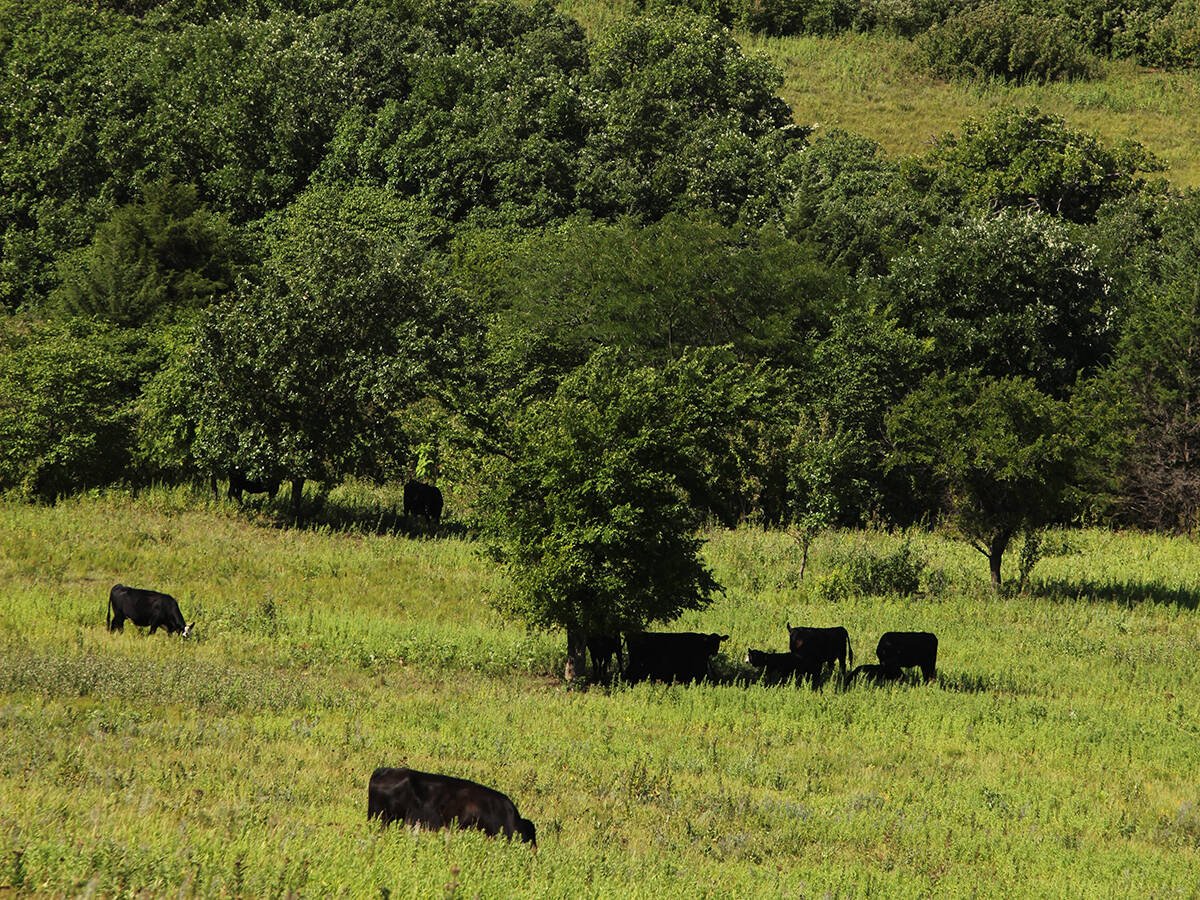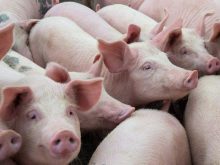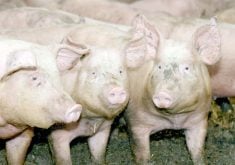KAMLOOPS, B.C. – Canadian cattle may be crossing into the United States but that does not mean clear sailing for producers as markets normalize.
The United States beef herd is expanding, the Canadian dollar has increased making returns from the U.S. market less attractive, and there are nearly one million cull cows to be dealt with.
The U.S. herd is about one percent larger than last year and more heifers are being retained for breeding. In other words, the U.S. industry is in the expansion part of the cattle cycle.
Read Also

Beef cattle more prone to trace mineral deficiencies
The trace mineral status of our cows and calves is a significant challenge for western Canadian producers and veterinarians.
“Be aware that is the overriding, big picture, cattle cycle point that we need to keep in the back of our minds as we carry on,” said Anne Dunford, a market analyst with Canfax, speaking to the Canadian Cattlemen’s Association convention in Kamloops, B.C., Aug. 17.
Exporters also need to watch the Canadian dollar and its impact on prices. When the border closed two years ago, the dollar was less than 70 cents US. It is now more than 80 cents.
“Be aware that this is a key factor that has changed since May of 2003 and that has affected cattle prices right across the board,” she said.
Canadian cattle prices were improving even before the border opened to younger cattle July 18.
Prices for 850 pound feeder steers have increased 35 cents per pound and calf prices have risen by 20 cents since April. This spring, Canadian steers were $40-$50 per hundredweight under the U.S. futures market when the difference would usually be around $10.
August prices may be the peak for 2005, making this a seller’s market right now. If seasonal trends continue, November prices would fall off from what was offered earlier on both sides of the border.
Dunford predicts this year Canadians may export 300,000-400,000 feeder and fat animals to the U.S. with more than half a million head going south next year.
Cull cow problems
However, the big question remains how to handle older animals. The U.S. Department of Agriculture has promised a new set of regulations to allow imports of cattle older than 30 months but the rule’s status is unknown.
For the first time, the July census from Statistics Canada reported an estimate of cull animals still on farm.
About 914,600 cull animals were retained since May 2003 because of poor prices. Of the cull group, 763,200 were beef and the rest were dairy animals. In addition, 82 percent of those categorized as culls were expected to calve this year.
In total, there are 5.5 million beef cows. The survey showed 2.1 million of beef and dairy cows were older than seven years.
Canada now has 17.3 million head of cattle, a 3.2 percent increase over the last census in January.
Dunford said the numbers could have been larger, but 69 percent of heifers were placed in feedlots rather than retained for breeding in 2004. About 67 percent will go to feedlots this year.
The survey said that as of July there were 3.1 million feeders older than one year. There are 864,000 heavyweights where steers weighed 1,250 lb. or more and heifers were at least 1,100 lb. There were 1.39 million in the less than 1,000 lb. grouping.
This year to date, Canadian slaughter in federal plants was up five percent over 2004.
With increased capacity, about four million head will go to federal plants, producing about 3.4 billion lb. of meat, a three percent increase over 2004.
On the positive side, Canadian carcass weights fell this year by 16 lb. on average.
“We thought the set-aside programs … would delay marketing and add to carcass weights and add to an even worse problem of more tonnage, but that has not been the case at all,” Dunford said.
“The program has been managed properly.”















